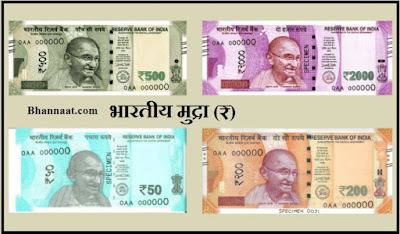 Interesting facts about Indian Currency in Hindi (भारतीय मुद्रा (रुपया ₹) से जुड़े 27 रोचक तथ्य… Indian Currency Facts)
Interesting facts about Indian Currency in Hindi (भारतीय मुद्रा (रुपया ₹) से जुड़े 27 रोचक तथ्य… Indian Currency Facts)
1. भारत में करंसी का इतिहास 2, 500 साल पुराना है। इसकी शुरुआत शेर शाह सूरी द्वारा की गई थी। (Interesting facts about Indian Currency)
History of currency is 2,500 years old which is started by Sher Shah Suri.
2. अगर आपके पास आधे से ज्यादा (51 फीसदी) फटा हुआ नोट है तो भी आप बैंक में जाकर उसे बदल सकते हैं।
If your note is 51% torn you can change it in bank.
3. बात सन् 1917 की है, जब 1 ₹ रुपया $ 13 डॉलर के बराबर हुआ करता था। फिर 1947 में भारत आजाद हुआ, 1 ₹ = 1$ कर दिया गया। फिर धीरे-धीरे भारत पर कर्ज बढ़ने लगा तो इंदिरा गांधी ने कर्ज चुकाने के लिए रुपए की कीमत कम करने का फैसला लिया उसके बाद आज तक रुपए की कीमत घटती आ रही है।
In 1917 ₹ 1 is equals to $ 135 and at the time of independence of India ₹ 1 is equals to 1$. Slowly India went in debt, in order to get rid of that debt indira Gandhi decided to drop the value of rupee. From that time rupees is going weaker than dollar.
4. भारत में लगभग 400 करोड़ रुपए के नकली नोट हैं।
India has nearly 400 crores of fake currency.
5. सुरक्षा कारणों की वजह से आपको नोट के सीरियल नम्बर में I, J, O, X, Y, Z अक्षर नहीं मिलेंगे।
You cannot find I, J, O, X, Y, Z letters for some security reasons.
Interesting facts about Indian Currency in Hindi
6. हर भारतीय नोट पर किसी न किसी चीज की फोटो छपी होती हैं जैसे- 20 रुपए के नोट पर अंडमान आइलैंड की तस्वीर है। वहीं, 10 रुपए के नोट पर हाथी, गैंडा और शेर छपा हुआ है, जबकि 100 रुपए के नोट पर पहाड़ और बादल की तस्वीर है। इसके अलावा 500 रुपए के नोट पर आजादी के आंदोलन से जुड़ी 11 मूर्ति की तस्वीर छपी हैं।
Every Indian note has some picture in it. ₹ 20 has Andaman and Nicobar island ₹ 10 has elephant, rhinoceros and tiger in it whereas ₹ 100 has mountain and clouds in it and ₹ 500 has 11 statues from Indian freedom struggle.
7. भारतीय नोट पर उसकी कीमत 15 भाषाओं में लिखी जाती हैं।
15 languages are used to write the value of money in Indian currency.
8. ₹ 1 में 100 पैसे होंगे, यह बात सन् 1957 में लागू की गई थी। पहले इसे 16 आने में बाँटा जाता था।
₹ 1 contains 100paise this was declared in1957 before that money was divided into 16 fractions.
9. RBI, ने जनवरी 1938 में पहली बार ₹5 की पेपर करंसी छापी थी। जिस पर किंग जार्ज-6 का चित्र था। इसी साल ₹ 10,000 का नोट भी छापा गया था लेकिन 1978 में इसे पूरी तरह बंद कर दिया गया।
₹ 5 was first printed by RBI in 1938, which contain picture of King George VI. ₹ 10,000 notes was also printed same year which was ended in 1978.
10. आजादी के बाद पाकिस्तान ने तब तक भारतीय मुद्रा का प्रयोग किया जब तक उन्होंने काम चलाने लायक नोट न छाप लिए।
After Pakistan got independence it used Indian currency.
Interesting facts about Indian Currency in Hindi
11. एक समय ऐसा था, जब बांग्लादेश ब्लेड बनाने के लिए भारत से 5 रुपए के सिक्के मंगाया करता था। 5 रुपए के एक सिक्के से 6 ब्लेड बनते थे। 1 ब्लेड की कीमत 2 रुपए होती थी तो ब्लेड बनाने वाले को अच्छा फायदा होता था। इसे देखते हुए भारत सरकार ने सिक्का बनाने वाला मेटल ही बदल दिया।
Bangladesh used to fetch ₹ 5 to produce 6 blades. A blade cost is ₹ 2 which was a huge profit. To overcome that issue India changed its metal.
12. आजादी के बाद सिक्के ताम्बे के बनते थे। उसके बाद 1964 में एल्युमिनियम के और 1988 में स्टेनलेस स्टील के बनने शुरु हुए।
After independence coins were made of bronze, in 1964 it was made of aluminum and in 1988 coins was made of stainless steel.
13. भारतीय नोट पर महात्मा गांधी की जो फोटो छपती है वह तब खींची गई थी जब गांधीजी, तत्कालीन बर्मा और भारत में ब्रिटिश सेक्रेटरी के रुप में कार्यरत फ्रेडरिक पेथिक लॉरेंस के साथ कोलकाता स्थित वायसराय हाउस में मुलाकात करने गए थे। यह फोटो 1996 में नोटों पर छपनी शुरु हुई थी। इससे पहले महात्मा गांधी की जगह अशोक स्तम्भ छापा जाता था।
Each Indian currency has a picture of Mohandas Gandhi. The picture was taken when Mohandas Gandhi went to viceroy house with Fredrik pathik Lawrence in Kolkata as the British secretary between India and British. The picture was started to print in 1996 before that Ashok symbol was printed in Indian currency note.
14. भारत में ₹ 75, ₹ 100 और ₹ 1, 000 के भी सिक्के छप चुके हैं।
₹ 75, ₹ 100 and ₹ 100 coins have also been manufactured in India.
Interesting facts about Indian Currency in Hindi
15. ₹ 500 का पहला नोट 1987 में और ₹ 1,000 पहला नोट सन् 2000 में तथा 2000 का note वर्ष 2015 में बनाया गया था।
₹ 500 notes were first printed in 1987 and ₹ 1000 note was printed in 2000 and ₹ 2000 in 2015.
16. 1₹ का नोट भारत सरकार द्वारा और ₹ 2 से ₹ 2,000 तक के नोट RBI द्वारा जारी किए जाते हैं।
₹ 1 or re 1 was been published by Indian government and ₹ 2 to ₹ 2,000 has been released by RBI.
17. ₹ 10 के सिक्के को बनाने में ₹ 6.10 की लागत आती है।
₹ 6.10 has been spent to manufacture ₹ 10/-
18. नोटों पर सीरियल नम्बर इसलिए डाला जाता है ताकि आरबीआई (RBI) को पता चलता रहे कि, इस समय मार्केट में कितनी करंसी हैं?
A serial number has been printed on each, by which RBI counts the money.
19. रुपया भारत के अलावा इंडोनेशिया, मॉरीशस, नेपाल, पाकिस्तान और श्रीलंका की भी करंसी हैं।
Rupee is the currency of Indonesia, Mauritius, Nepal, Pakistan and Sri Lanka along with India.
20. RBI के अनुसार, भारत हर साल 2, 000 करोड़ करंसी नोट छापता है।
According to RBI, 2000 crores currency notes have printed in India.
21. कम्प्यूटर पर ₹ टाइप करने के लिए Ctrl+Shift+$’ के बटन को एक साथ दबावें।
Type ctrl + shift + $ at same time to type Indian currency sign ₹
22. ₹ के इस चिन्ह को 2010 में उदय कुमार ने बनाया था। इसके लिए इनको ₹ 2.5 लाख रुपए का इनाम भी मिला था।
₹ Sign is designed by Uday Kumar in 2010, for that he got 2.5 lacks rupees as reward money.
Interesting facts about Indian Currency in Hindi
23. क्या RBI जितना मर्जी चाहे उतनी कीमत के नोट छाप सकती हैं?
ऐसा नहीं है कि, RBI जितनी मर्जी चाहे उतनी कीमत के नोट छाप सकती हैं, बल्कि वह सिर्फ ₹ 10,000 तक के नोट छाप सकती हैं। अगर इससे ज्यादा कीमत के नोट छापने हैं तो उसको रिजर्व बैंक ऑफ इंडिया एक्ट, 1934 में बदलाव करना होगा।
Can RBI print unlimited currency note?
No, RBI can only print up to ₹ 10, 000 only. To print more than 10000 rupees it must change reserve bank of India act, 1934.
24. जब हमारे पास मशीन हैं तो हम अनगणित नोट क्यों नहीं छाप सकते?
हम कितने नोट छाप सकते हैं इसका निर्धारण मुद्रा स्फीति, जीडीपी ग्रोथ, बैंक नोट्स के रिप्लेसमेंट और रिजर्व बैंक के स्टॉक के आधार पर किया जाता है।
If we have bank note print machine then why can’t we print unlimited number of money?
We cannot print unlimited no. Money because printing of money depends on inflation, GDP (gross domestic product) growth, bank note replacement and stock of bank note.
25. हर सिक्के पर सन् के नीचे एक खास निशान बना होता है आप उस निशान को देखकर पता लगा सकते हैं कि, यह सिक्का कहाँ बना है?
Each coin has a unique mark at the bottom of the coin by which we can tell the coin where it is printed.
* मुम्बई (Mumbai) – हीरा (Diamond) (◆)
* नोएडा (Noida) – डॉट (Dot) (.)
* हैदराबाद (Hyderabad) – सितारा (Star) (★)
* कोलकाता (Kolkata) – (No Mark) कोई निशान नहीं.
Interesting facts about Indian Currency in Hindi
26. एक नोट कितने रुपए में छपता है?
* ₹ 1 = ₹ 1.14
– ₹ 10 = ₹ 0.66
* ₹ 20 = ₹ 0.94
– ₹ 50 = ₹ 1.63
* ₹ 100 = ₹ 1.20
– ₹ 500 = ₹ 2.45
* ₹ 1, 000 = ₹ 2.67
27. रुपया, डॉलर के मुकाबले बेशक कमजोर है लेकिन फिर भी कुछ देश ऐसे हैं, जिनकी करंसी के आगे रुपया काफी बड़ा हैं आप कम पैसों में इन देशों में घूमने का लुत्फ उठा सकते हैं.
* नेपाल (Nepal) (1₹ = 1.60 नेपाली रुपया)
– आइसलैंड (Ireland) (1₹ = 1.94 क्रोन)
* श्रीलंका (Sri Lanka) (1₹ = 2.10 श्रीलंकाई रुपया)
– हंगरी (Hungry) (1₹ = 4.27 फोरिंट)
* कम्बोडिया (Cambodia) (1₹ = 62.34 रियाल)
– पराग्वे (Progway) (1₹ = 84.73 गुआरनी)
* इंडोनेशिया (Indonesia) (1₹ = 222.58 इंडोनेशियन रुपैया)
– बेलारुस (Belarus) (1₹ = 267.97 बेलारुसी रुबल)
* वियतनाम (Vietnam) (1₹ = 340.39 वियतनामी डॉन्ग).
भारतीय मुद्रा प्रणाली का संक्षिप्त विवरण…
OLD INDIAN CURRENCY SYSTEM…
Phootie Cowrie to Cowrie
Cowrie to Damri
Damri to Dhela
Dhela to Pie
Pie to to Paisa
Paisa to Rupya
256 Damri = 192 Pie = 128 Dhela = 64 Paisa (old) = 16 Anna = 1 Rupya
To Know about Collagen Benefit in Hindi- Click Here
Article अच्छा लगने पर Share करें और अपनी प्रतिक्रिया Comment के रूप में अवश्य दें, जिससे हम और भी अच्छे लेख आप तक ला सकें। यदि आपके पास कोई लेख, कहानी, किस्सा हो तो आप हमें भेज सकते हैं, पसंद आने पर लेख आपके नाम के साथ Bhannaat.com पर पोस्ट किया जाएगा, अपने सुझाव आप Wordparking@Gmail.Com पर भेजें, साथ ही Twitter@Bhannaat पर फॉलो करें।
धन्यवाद !!!

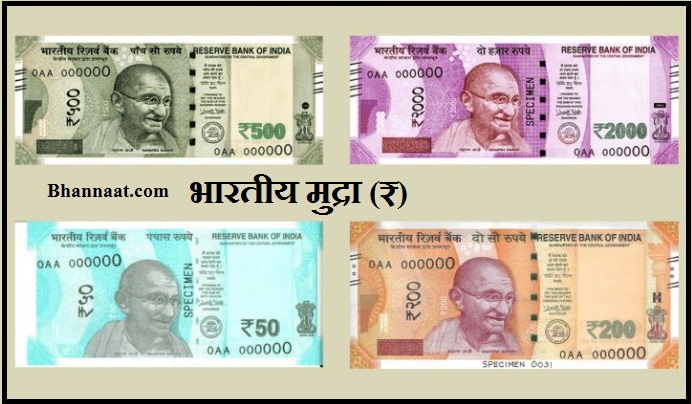


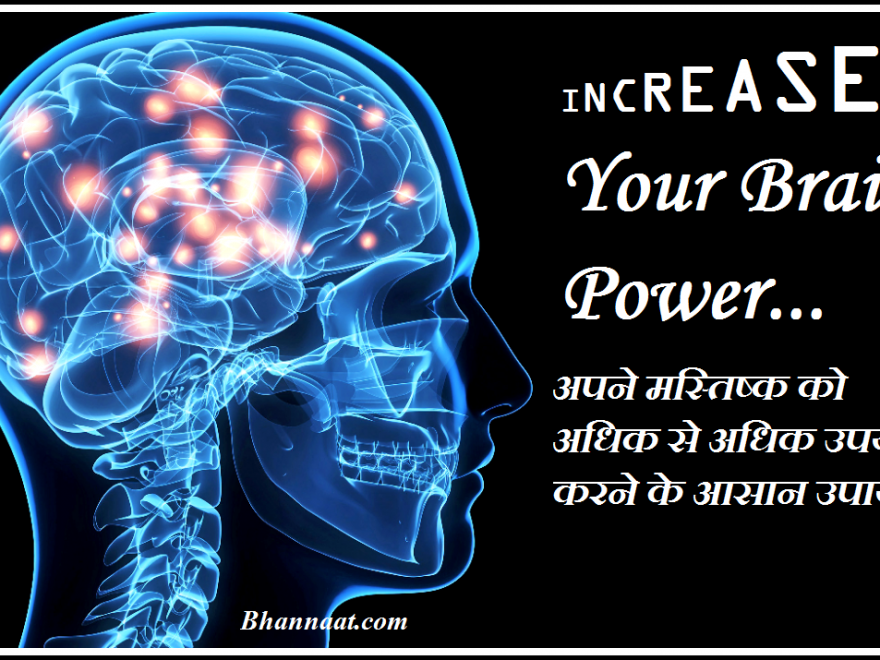

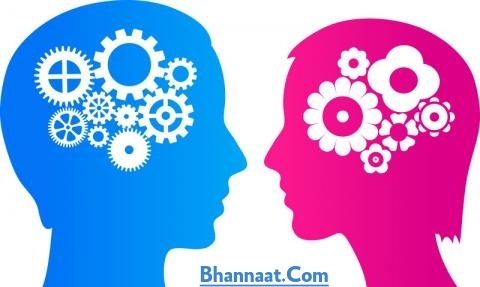
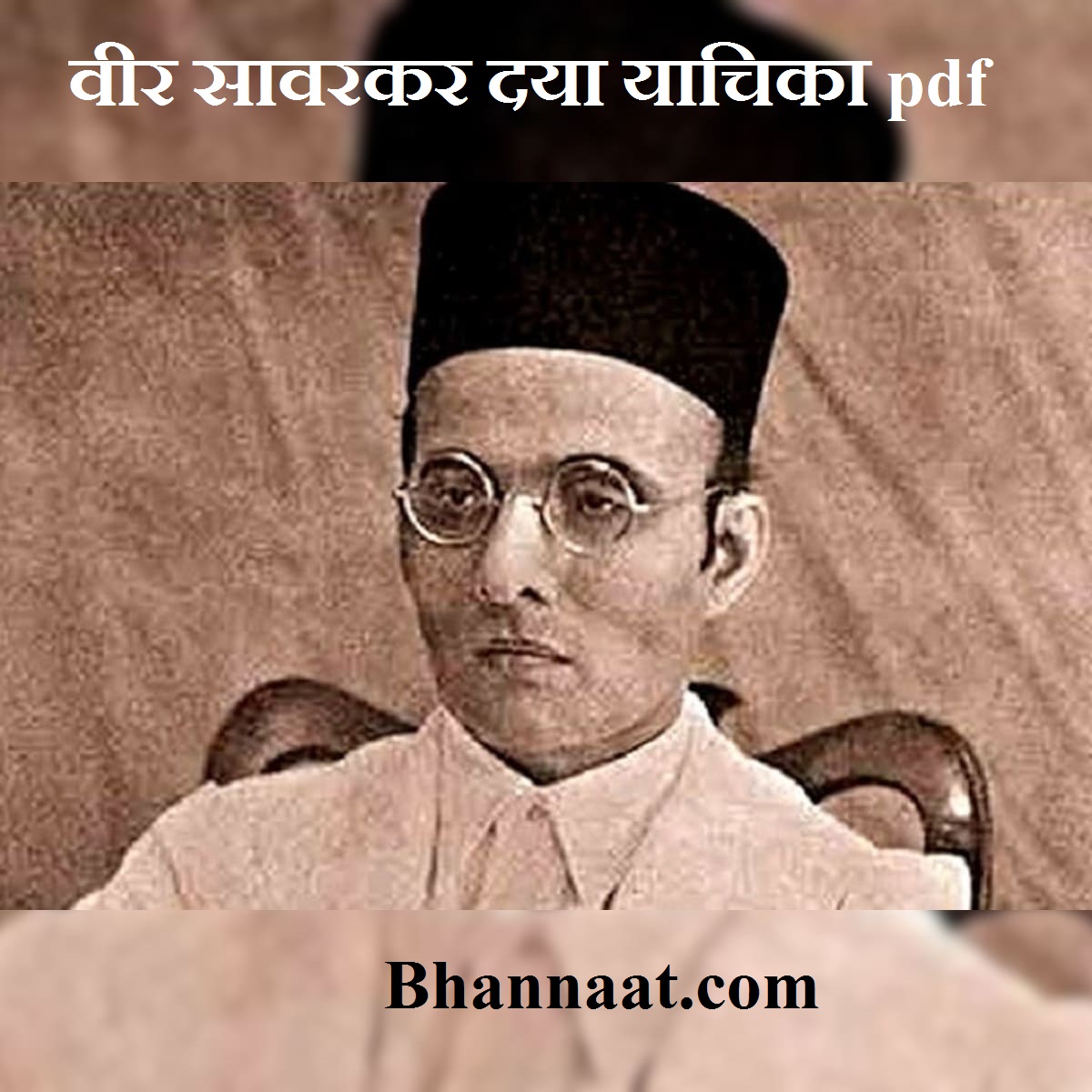
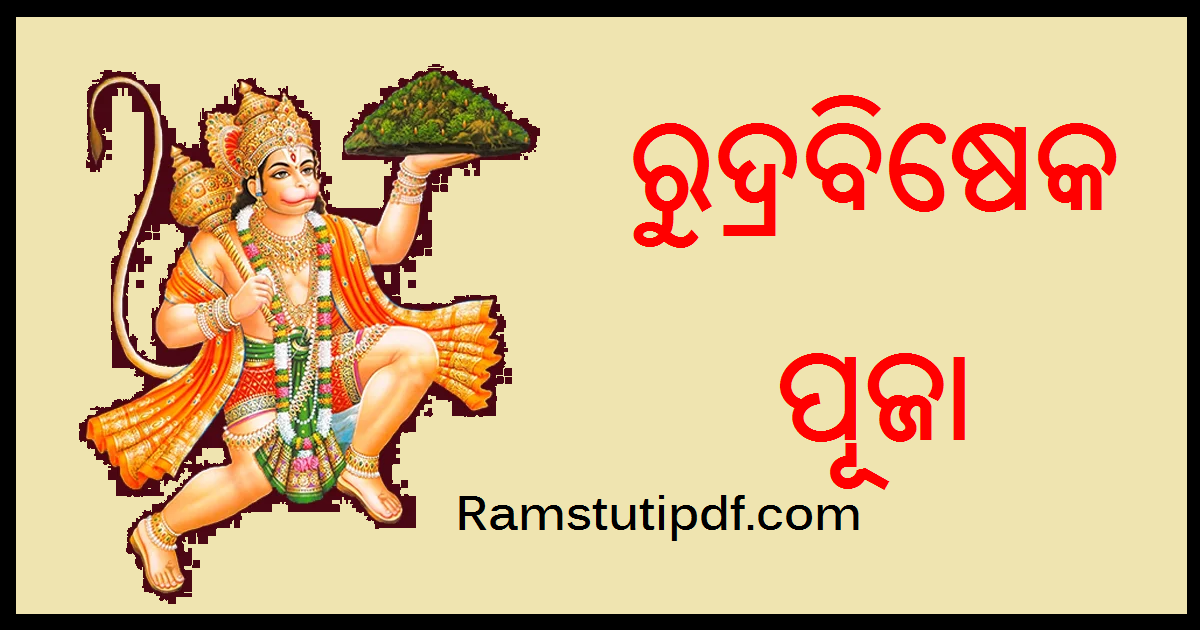
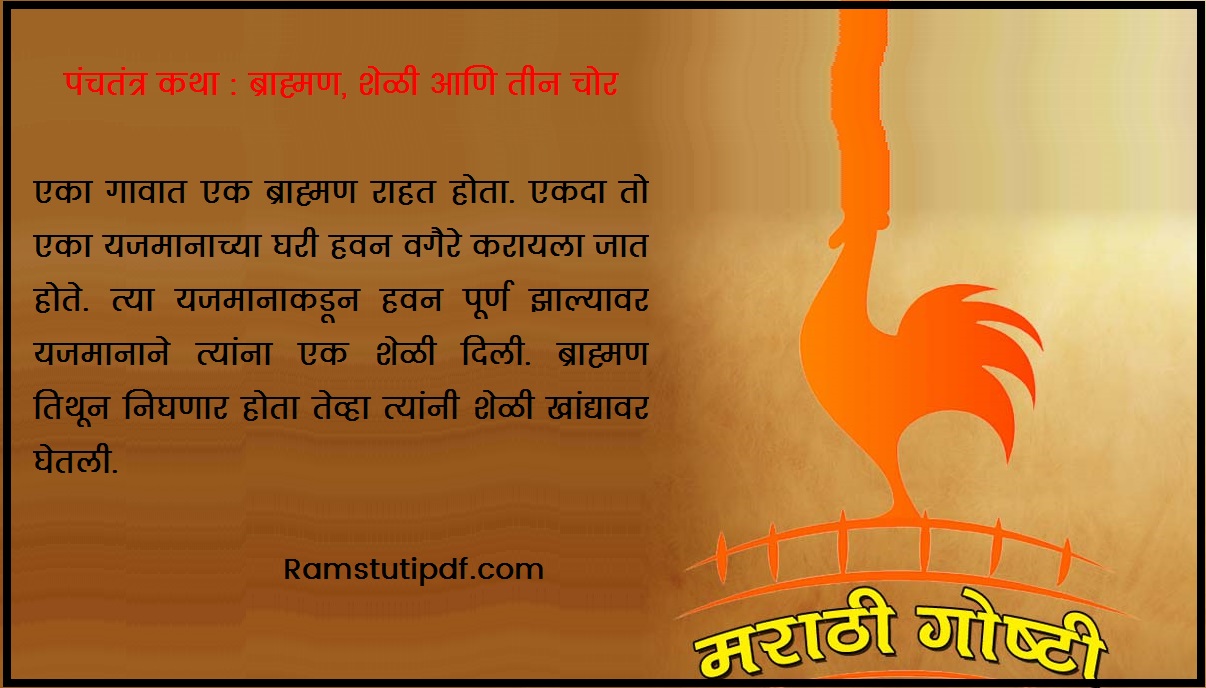
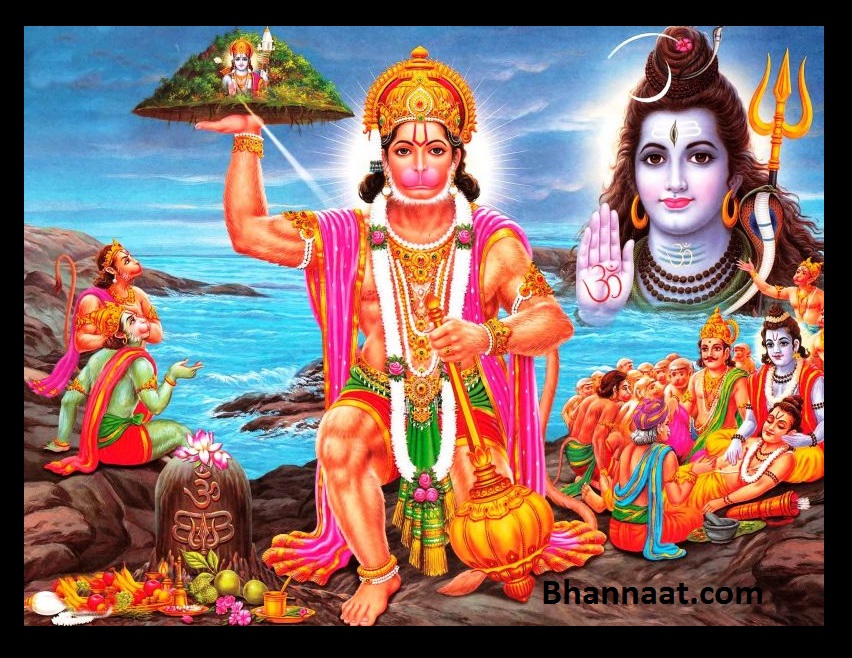
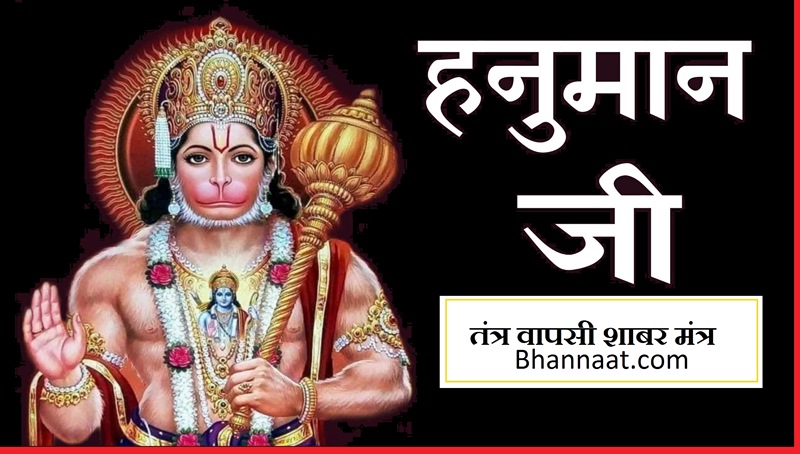
Leave a Reply